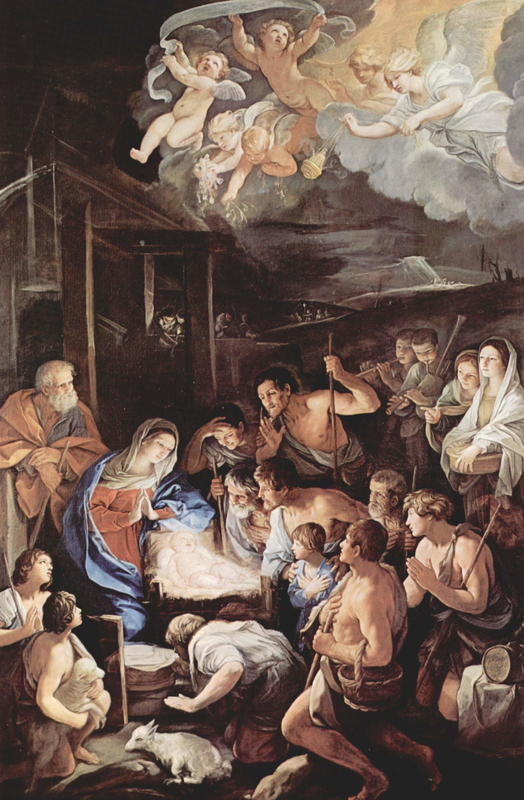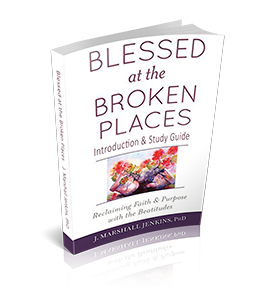
Prince of Peace incites peacemaking madness by being born.
Blessed are the peacemakers, for they will be called children of God (Matthew 5:9).
Isaiah’s Promise of the Prince of Peace
To a nation like ours, fearful of losing what we have and never seeing our dreams come true, the prophet Isaiah sang:
For a child has been born for us, a son given to us; authority rests upon his shoulders; and he is named Wonderful Counselor, Mighty God, Everlasting Father, Prince of Peace (Isaiah 9:6).
Fait accompli!
Oh? If so, why do the threats still seem so real, the polarization so tense, the fear so palpable? Why must we still “rise up early and go late to rest, eating the bread of anxious toil?” (Psalm 127:2)
Well, the prophet might answer, a child is born, and children must grow up. Your hope lies in one weaning or learning to walk, perhaps studying long division or going out on a first date. So much yet to learn, so much wisdom yet to acquire through falling down and getting back up again.
While the child grows up, the prophet continues, we have work to do. What, pray tell, is peace? For this child is the Prince of Peace. So if we do not understand peace, we will scarcely recognize the full-grown adult in action.
Well, that is easy, we answer. Peace is lying in a hammock on a perfect spring afternoon watching the clouds pass. Peace is hanging out with people who share our political or religious views. Or peace is having what we need and more than enough of what we want without anyone messing with it all.
Many Bible-believing Christians give that answer in so many words and in the way they live. But the child did, in fact, grow up, and as Prince of Peace he never suggested by word or deed that he understood peace that way.
How the Prince of Peace Made Peace
He made peace first by being born. “The Word became flesh,” John said. The divine become human, a bold, in-your-face, oxymoronic fact. The Prince of Peace bridged heaven and earth. He revealed the God whose mercy eclipses our comparatively tepid kindnesses, whose thoughts confound our proudest science.
Incarnation is intimate, as God comes as close and connected to us as our very pulse. As we rise early and go late to rest in all our anxiety, God is with us, Emmanuel.
He made peace by calling, disrupting fishing careers, medical practices, revolutionary scheming, and tax collecting to call, “Follow me.” And who in the world would do that? Who in the world wouldn’t?
The Prince of Peace broke bread and said, “This is my body, broken for you.” He gave wine and said, “This is my blood, shed for you.” Take me into you and I will be in your very bloodstream, we will be so tight.
He made peace by holding up a despised alien as the exemplar of neighborliness. By offering the promise for which everyone yearned to a woman of that same despised Samaritan race who lived a scandalous life. By calling an occupying Roman officer the greatest exemplar of faith in the Promised Land. And by driving out the buyers and the sellers who abused the part of the temple reserved for outsiders. Because of such peacemaking intrusions, his body was indeed broken, his blood shed. Because of these disruptions, Jesus was and still is the Prince of Peace.
He Is Our Peace
In my book, Blessed at the Broken Places: Reclaiming Faith and Purpose with the Beatitudes, I offer the Apostle Paul’s understanding of the Prince of Peace, and I elaborate a bit:
“Let us look at Paul’s account in Ephesians 2:11-22 of how Jesus set the ultimate example of peacemaking and did more than just set an example: Heactually made the only real peace and made future peace possible. Paul addressed the Gentiles, or non-Jewish Christians, regarding Jesus’ saving work for them. Feel free to check your favorite translation, but I will paraphrase with an emphasis on the portrait of Jesus the peacemaker:
Remember when everyone, including you, considered you outsiders to God’s family, lost, hopeless cases, going nowhere? Then Christ drew you near and became peace itself by putting his body on the line to break down the wall dividing outsiders and insiders, ending the violence between us, and bringing everyone together in one family under God. He nullified every code designed to distinguish outsiders and insiders, inviting all into one human family, therefore, making peace. Through his violent death for our union, he proved vain the violent contests we waged to defend the illusion of our separation. He declared this peace for those who walked with him and those who walked far away. Through him former insiders and former outsiders have access to God, so you are no longer insiders and outsiders but citizens in God’s kingdom, members of the family. Jesus continues working to draw everyone together like the bricks and mortar of one great cathedral to God’s glory, just as you are already God’s spiritual home.
“God made peace through the Son not by withdrawing into a sweet by-and-by and inviting the good people to come along for the heavenly retreat from the hassle and riff-raff. God sent the only Son into the fray so that whosoever believes in him will join him there and do God’s work of making contact, converting aliens to neighbors, seating everyone at a round table in a common fellowship, all equally worthy due to God’s universal love, not due to merit or birth or conquest. Jesus came to introduce people to each other even if they did not want fellowship. Jesus showed that peacemaking is not an escaping project but a building project, tearing down the walls we build between us and replacing them with bridges.” (1)
Still the Prince of Peace Today
OK, I admit it, I lied….Or let’s just say, I bought some time with the fool notion that we are waiting for the child to grow up. Obviously, he did. He is the Prince of Peace today, has been since the beginning of time. The Prince of Peace waits for us to grow up. He helps us along the way as we progress in fits and starts, backslides and stumbles, into his peace. He is teaching us what peace is. We learn by doing just as he, the risen Lord, does today, 2000 years ago, and in the beginning.
(1) J. Marshall Jenkins, Blessed at the Broken Places: Reclaiming Faith and Purpose with the Beatitudes. (Nashville, TN: Skylight Paths, 2016), 123-124.
Related Posts
Peace and the Christ Child
Neighbors at the Door: Welcoming Christ This Christmas
Christmas Alone and the Christ Child
Christmas Questions: What Do You Want? What Are You Waiting For?
Image from goodfreephotes.com.


0 Comments